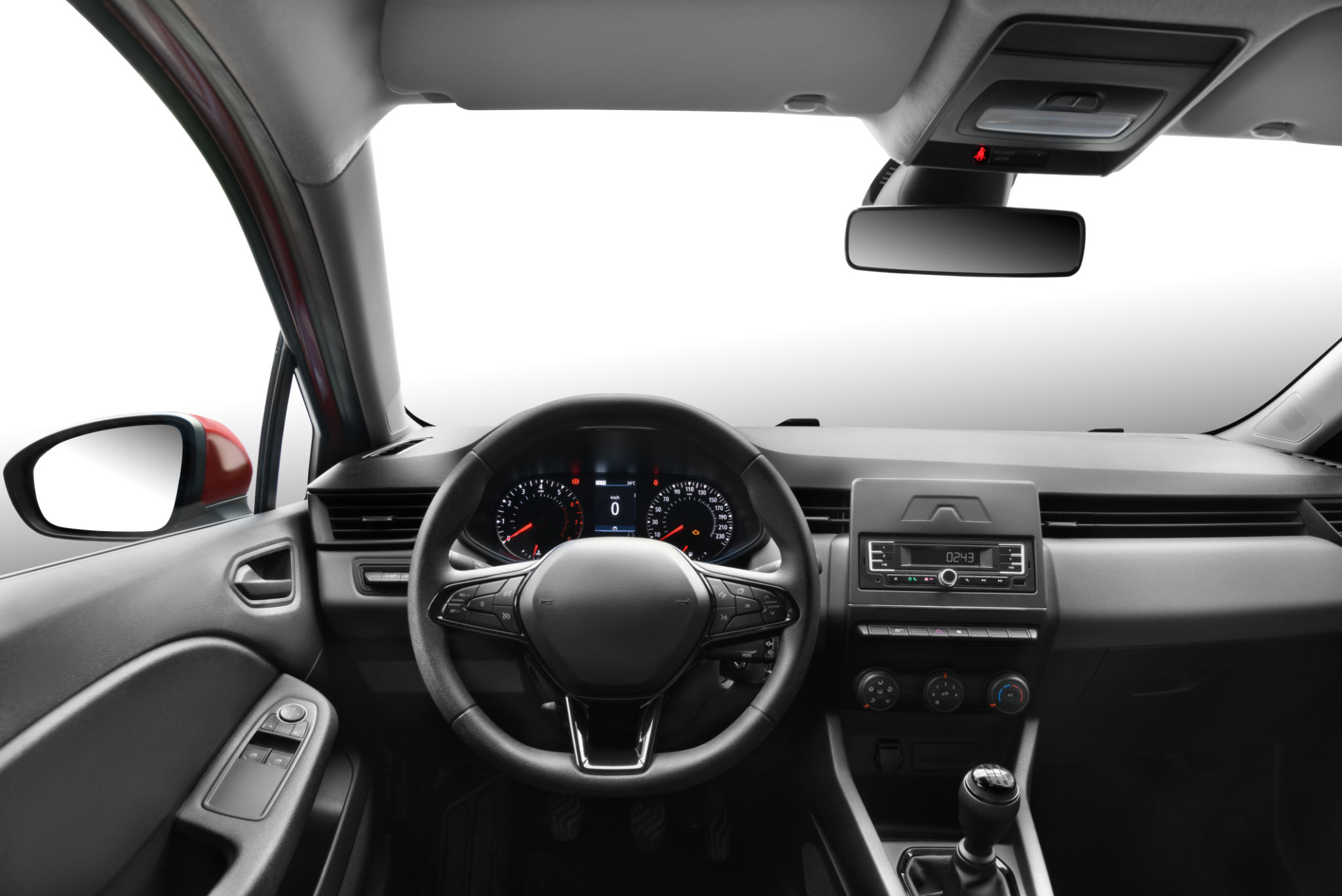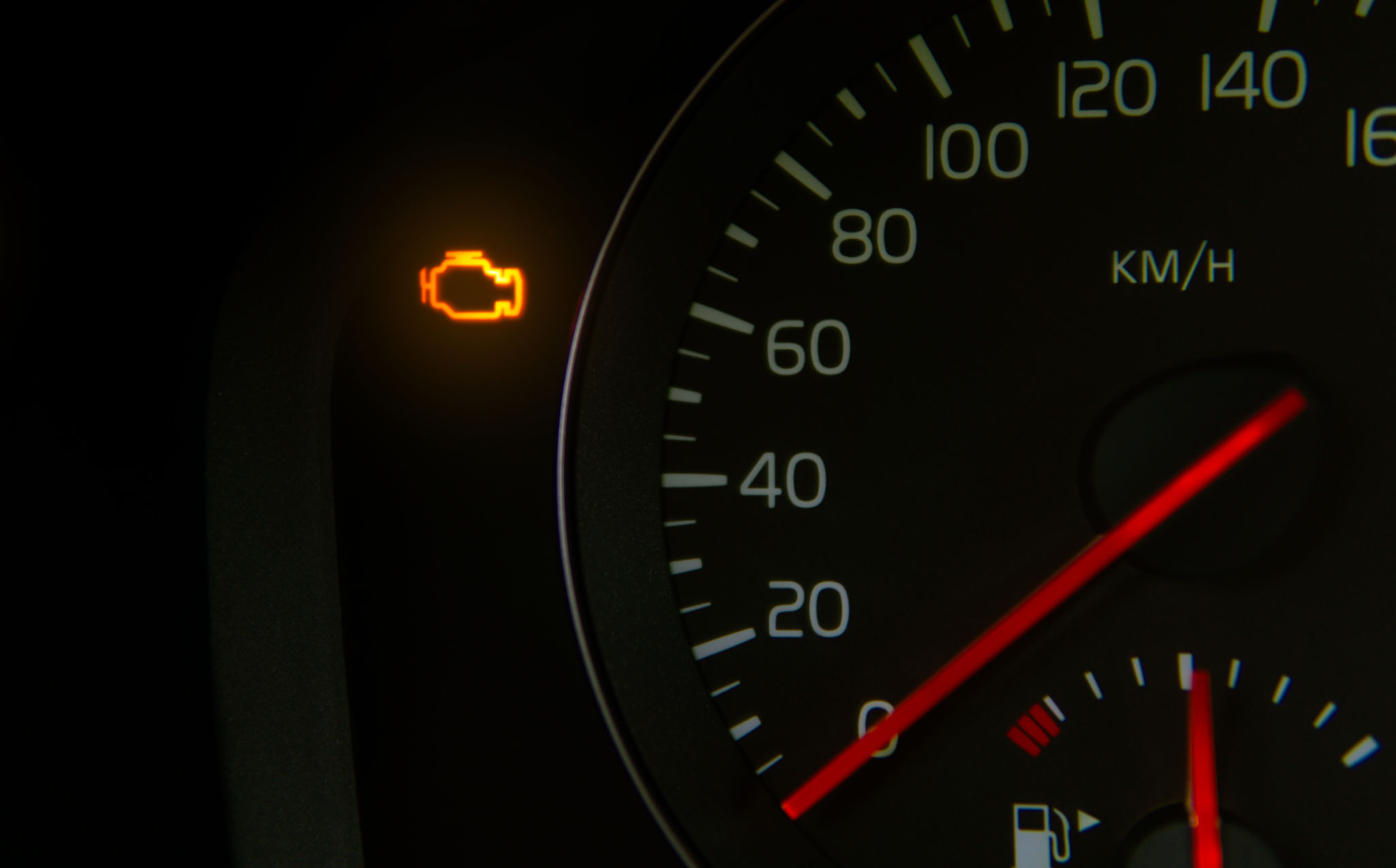Understanding Car Dashboard Warning Lights: A Comprehensive Guide
Introduction to Dashboard Warning Lights
Modern vehicles are equipped with a plethora of dashboard warning lights designed to alert drivers to various issues. These lights can range from simple reminders to urgent warnings that require immediate attention. Understanding what each light means can help you maintain your vehicle's health and ensure your safety on the road.

The Importance of Dashboard Warning Lights
Dashboard warning lights are essential for keeping drivers informed about their vehicle's condition. They provide critical information about the car's systems and can indicate anything from low fuel levels to engine malfunctions. Ignoring these signals can lead to costly repairs or even dangerous situations.
By familiarizing yourself with these lights, you can take proactive steps to address potential issues before they become major problems. This not only extends the life of your vehicle but also enhances your driving experience.
Common Dashboard Warning Lights
Check Engine Light
The check engine light is one of the most recognized warning signals. It indicates a problem with the engine or emissions system. While it might be something as minor as a loose gas cap, it could also signify a serious issue that needs immediate attention.

Oil Pressure Warning Light
This light looks like an oil can and indicates low oil pressure. Driving with low oil pressure can cause severe damage to your engine. If this light comes on, check your oil level and pressure as soon as possible.
Battery Alert Light
The battery alert light signals an issue with the vehicle's charging system. This could mean a failing alternator, battery issues, or wiring problems. Addressing this warning promptly can prevent your car from stalling unexpectedly.
Understanding Color Codes
Dashboard warning lights typically come in three colors: red, yellow/orange, and green/blue. Understanding these colors can help you gauge the urgency of the situation:
- Red: Immediate action is required. A red light often indicates a serious issue or safety concern.
- Yellow/Orange: Caution is advised. These lights suggest that a system needs attention but is not critical.
- Green/Blue: Information or system operation indicators, showing that particular functions are active.

Steps to Take When a Warning Light Appears
If a warning light appears on your dashboard, don't panic. Here are some steps to follow:
- Consult your owner's manual: This will provide specific information related to your vehicle's warning lights.
- Check the basics: Ensure fluid levels and other easily accessible components are in order.
- Seek professional help: If you're unsure or if the light persists, it's wise to consult a mechanic.
Conclusion: Stay Informed and Safe
Dashboard warning lights are an integral part of modern vehicles, designed to keep you informed about your car's status. By understanding what these lights mean and how to respond, you can ensure both your safety and the longevity of your vehicle. Regular vehicle maintenance and prompt attention to warning lights will help you avoid unexpected breakdowns and costly repairs.

